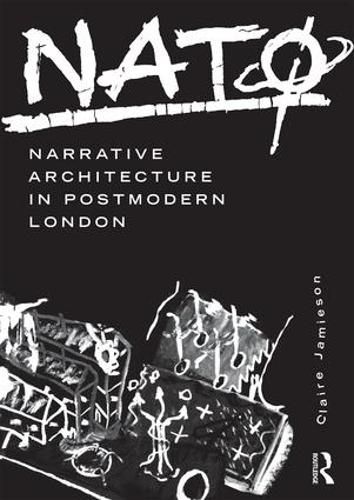Readings Newsletter
Become a Readings Member to make your shopping experience even easier.
Sign in or sign up for free!
You’re not far away from qualifying for FREE standard shipping within Australia
You’ve qualified for FREE standard shipping within Australia
The cart is loading…






Chronicling the last radical architectural group of the twentieth century - NATO (Narrative Architecture Today) - who emerged from the Architectural Association at the start of the 1980s, this book explores the group’s work which echoed a wider artistic and literary culture that drew on the specific political, social and physical condition of 1980s London. It traces NATO’s identification with a particular stream of post-punk, postmodern expression: a celebration of the abject, an aesthetic of entropy, and a do-it-yourself provisionality. NATO has most often been documented in reference to Nigel Coates (the instigator of NATO), which has led to a one-sided, one-dimensional record of NATO’s place in architectural history. This book sets out a more detailed, contextual history of NATO, told through photographs, drawings, and ephemera, restoring a truer polyvocal narrative of the group’s ethos and development.
$9.00 standard shipping within Australia
FREE standard shipping within Australia for orders over $100.00
Express & International shipping calculated at checkout
Chronicling the last radical architectural group of the twentieth century - NATO (Narrative Architecture Today) - who emerged from the Architectural Association at the start of the 1980s, this book explores the group’s work which echoed a wider artistic and literary culture that drew on the specific political, social and physical condition of 1980s London. It traces NATO’s identification with a particular stream of post-punk, postmodern expression: a celebration of the abject, an aesthetic of entropy, and a do-it-yourself provisionality. NATO has most often been documented in reference to Nigel Coates (the instigator of NATO), which has led to a one-sided, one-dimensional record of NATO’s place in architectural history. This book sets out a more detailed, contextual history of NATO, told through photographs, drawings, and ephemera, restoring a truer polyvocal narrative of the group’s ethos and development.